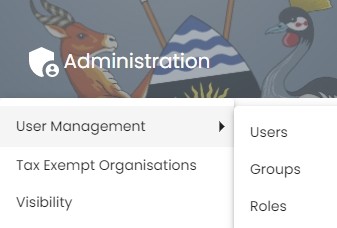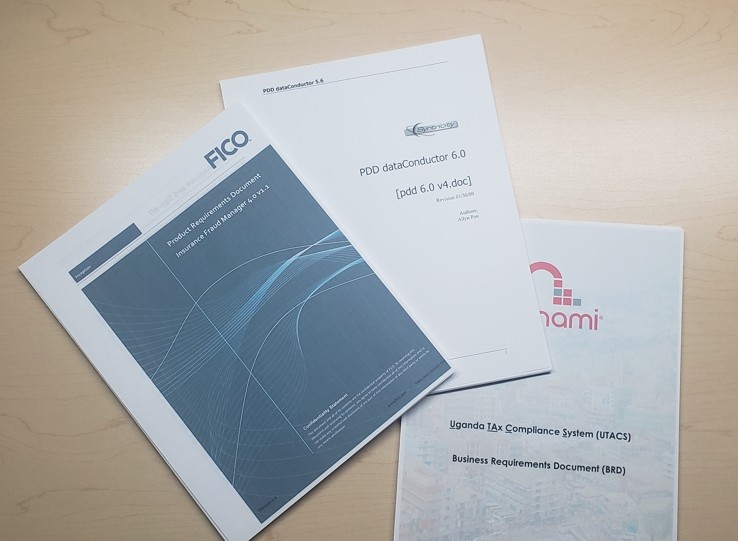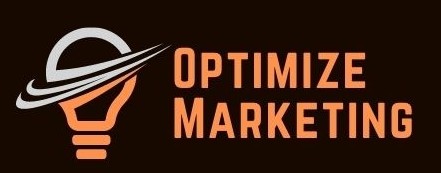Our Services
Version 1.0 Product Development
Comprehensive Ground Work
- Perform Extensive Market Research
- Interview Clients and Potential Clients for Needs
- Develop Product Requirements Docs for Engineering
- Present findings and results to Executive Staff
- Provide prototype design
- Collaborate with all key stakeholders on strategy
- Perform preliminary test marketing
Follow-Up for Successful Launch
- Develop and Revise User Stories
- Drive DevTeam in Scrums
- Measure progress to goal
- Manage reliable 3rd party resources for various functions
- Meet with key customers to update on product progress
- Develop and execute product launch plans
- Develop product launch collateral
.jpeg)
Version 1.0 product Development
In numerous start-ups, product definition is performed by a combination of the founders and engineering talent. No doubt this can be successful, but in most cases, in our experience, this has always resulted in muted success and limitations on the roadmap without extensive engineering rework.
Products developed by inexperienced defacto "product managers" and developers become evident in a number of different aspects. There are numerous product projects whereby Optimize Marketing has had to rescue products because of bad user authentication designs, inappropriate technology choices, minimal attention to the right user workflows, improper product definition, poor product requirement documentation, inadequate market research, undisciplined product development processes, excessive scope creep, inexperienced product developers and runaway development costs.
Optimize Marketing has the experience and pedigree in developing a number of initial new products for a variety of start-ups or a complete refresh of an existing product(s) so that not only will an initial launch be successful but also provide future growth based on a solid technology platform foundation for multiple generations of products.
Common Mistake #1 User Authentication
While it may seem like a simple task to design user authentication, significant thought should be considered in the product design before development. In order to make design simple and quick, we have seen products that are designed so that users are assigned functional permissions directly. Login authentications are simple, without consideration to more advanced capabilities such as MFA, token verified, behavioral, video or audio authentication. However, because of bad early design decisions on user authentication, we have witnessed applications go through the agony of the extensive rework of the user authentication system to accommodate product expansion for new major features.
The industry standard for the best user authentication design is based on RBAC principles. The design of the user administration user interface and functionality will depend on the number of users, departments, security, and the plan for further user and function expansion. Other considerations on design will need to consider whether the application requires row-level filtering, data security access, field-level security, government regulations (e.g. HIPAA), data editing, application, or data level permissions are needed.


Common Mistake #2 Inadequate Product Docs
Limited resources for small organizations magnify the pressure to perform. There's never enough time, development budgets are small as cash is king, and there's organizational pressure for rapid product development. The important phase of developing market requirement documents (MRD) phase or generating detailed product requirement documents (PRD) for the software design team is often skipped.
Depending on the maturity and experience of the design team, minimal PRDs may work, as advanced designers often fill in gaps not specified by the PRD. However, for organizations with tiny budgets and using less expensive near-shore or off-shore software development resources, minimal PRDs will cause severe issues. Problems such as long product development cycles, a significant amount of severe bugs or the worst crime of all, the wrong product function being developed often accompany inadequate product documentation. Outsourcing this activity to product management experts who can use decades of experience with off-shore development resources will minimize such obstacles to success.
